Home>Gardening & Outdoor>Outdoor Recreation & Activities>How To Build An Inground Concrete Swimming Pool
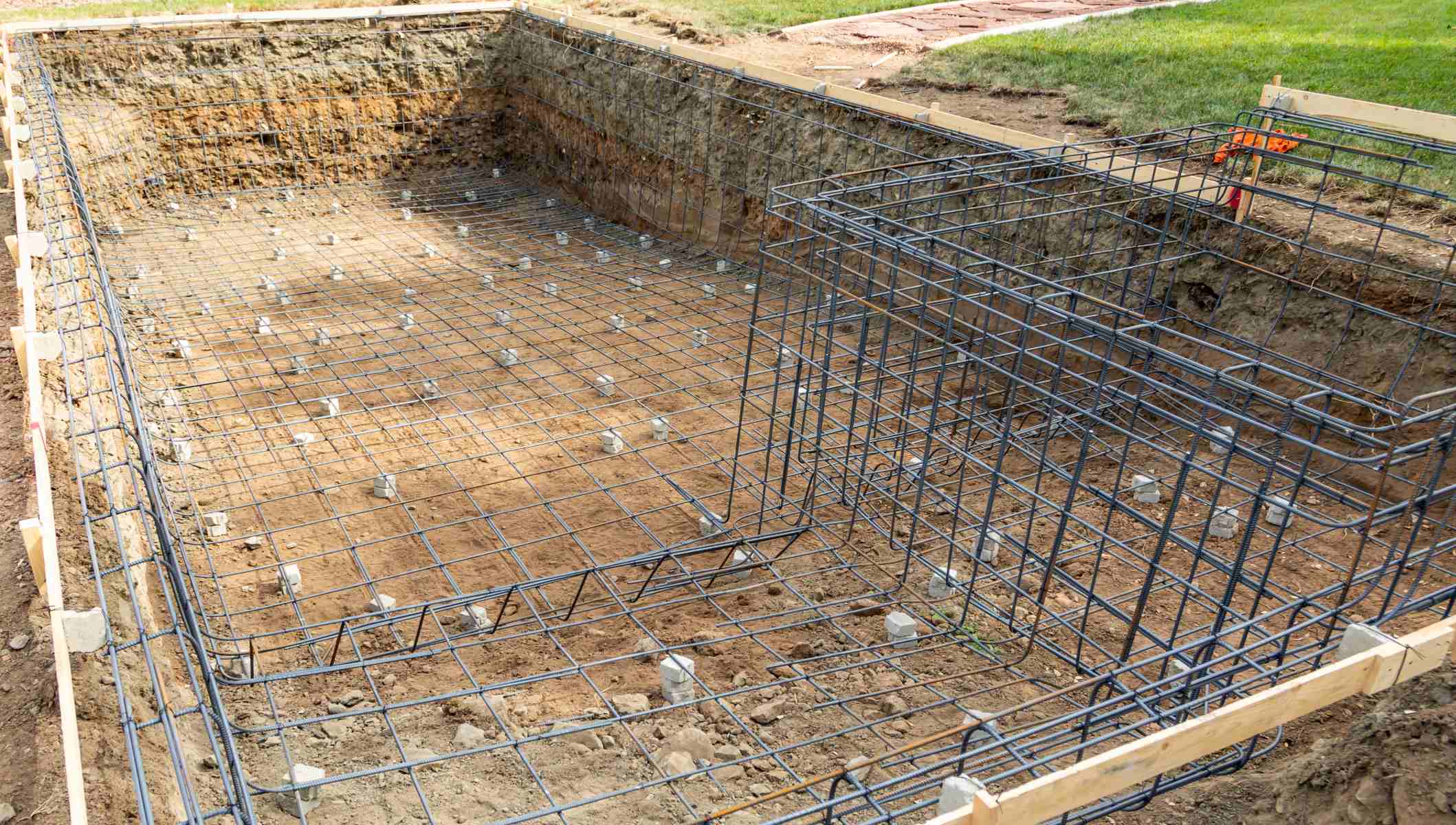

Outdoor Recreation & Activities
How To Build An Inground Concrete Swimming Pool
Published: February 17, 2024
Learn how to create your dream inground concrete swimming pool with our comprehensive guide to outdoor recreation and activities. Discover the steps, tips, and expert advice to make your pool-building project a success.
(Many of the links in this article redirect to a specific reviewed product. Your purchase of these products through affiliate links helps to generate commission for Storables.com, at no extra cost. Learn more)
Introduction
Building an inground concrete swimming pool is a significant undertaking that promises years of enjoyment and relaxation for you and your loved ones. Whether you envision a serene oasis for unwinding after a long day or a vibrant hub for lively gatherings, a well-constructed concrete pool can bring your dream to life. This comprehensive guide will walk you through the essential steps involved in creating a durable and visually stunning inground concrete swimming pool.
Constructing an inground concrete pool requires careful planning, precise execution, and a keen eye for detail. From the initial design phase to the finishing touches, each step plays a crucial role in ensuring that your pool not only meets but exceeds your expectations. By understanding the intricacies of the construction process, you can make informed decisions and collaborate effectively with the professionals involved in bringing your vision to fruition.
Throughout this guide, you will gain insights into the various stages of building an inground concrete swimming pool, including excavation, formwork, concrete pouring, plumbing and electrical installation, equipment setup, waterproofing, tiling, and the final testing and landscaping. Each phase is integral to the overall success of the project, and by delving into the specifics of each step, you will develop a deeper appreciation for the craftsmanship and expertise required to create a stunning and functional pool.
As you embark on this journey, envision the joy and relaxation that your future pool will provide. Whether it's the laughter of children playing in the water, the soothing sound of cascading water features, or the simple pleasure of basking in the sun by the poolside, your inground concrete swimming pool has the potential to become a cherished centerpiece of your home. With careful planning, attention to detail, and a clear understanding of the construction process, you can turn your dream of a luxurious and inviting pool into a captivating reality.
Key Takeaways:
- Building an inground concrete swimming pool involves meticulous planning, precise execution, and attention to detail. Each phase, from design to landscaping, contributes to creating a durable and visually stunning pool for years of enjoyment.
- The construction process includes excavation, formwork, concrete pouring, plumbing and electrical installation, equipment setup, waterproofing, tiling, and final testing and landscaping. Each step is crucial in bringing your dream inground concrete swimming pool to life.
Read more: How To Build An Inground Swimming Pool
Planning and Design
The planning and design phase of building an inground concrete swimming pool sets the stage for the entire construction process. It is during this crucial stage that your vision for the pool begins to take shape, guided by practical considerations and aesthetic preferences. The first step involves collaborating with a professional pool designer or architect to translate your ideas into a comprehensive plan that aligns with your property's layout and your desired pool features.
During the initial consultations, the designer will assess the available space, topography, and any existing structures to determine the optimal location for the pool. Factors such as sunlight exposure, privacy, and accessibility will also be taken into account to ensure that the pool integrates seamlessly with the surrounding environment. This meticulous approach aims to create a harmonious balance between the pool and its surroundings, maximizing both visual appeal and functional utility.
The design phase also encompasses the selection of pool shape, size, and depth, as well as the incorporation of additional features such as waterfalls, spas, and integrated lighting. By carefully considering how these elements will enhance the overall ambiance of the pool area, you can create a personalized retreat that reflects your lifestyle and preferences.
Furthermore, the planning and design phase involves evaluating the available budget and establishing realistic timelines for the construction process. This step is essential for aligning expectations and ensuring that the project remains feasible within the defined parameters. By setting clear objectives and discussing potential challenges upfront, you can mitigate unforeseen complications and streamline the subsequent stages of construction.
Ultimately, the planning and design phase serves as the blueprint for the entire project, providing a roadmap that guides the construction team through each subsequent step. By investing time and attention into this initial phase, you lay the foundation for a successful and gratifying pool-building experience, setting the stage for the realization of your dream inground concrete swimming pool.
Excavation and Site Preparation
Excavation and site preparation mark the physical commencement of transforming your vision of an inground concrete swimming pool into a tangible reality. This pivotal stage involves meticulous planning, precise measurements, and strategic groundwork to lay the groundwork for the subsequent construction phases.
The process commences with the delineation of the pool's outline on the designated site, serving as a visual guide for the excavation team. Utilizing advanced machinery and expert precision, the excavation crew carefully removes the soil and debris, gradually sculpting the terrain to accommodate the pool's dimensions and depth. This step demands a keen understanding of the soil composition and topography, ensuring that the excavation aligns with the predetermined design specifications.
As the excavation progresses, attention shifts to the removal of any obstructions or impediments that could impede the pool's structural integrity. This may entail clearing rocks, roots, or other subterranean obstacles, guaranteeing a stable foundation for the forthcoming construction phases. Simultaneously, the excavation team focuses on creating a level base for the pool, essential for ensuring uniformity and stability during the concrete pouring and finishing stages.
Moreover, site preparation encompasses the installation of essential infrastructure, including drainage systems and utility conduits. These elements are strategically integrated to facilitate proper water management and ensure seamless connectivity for the pool's plumbing and electrical components. By proactively addressing these considerations during the excavation phase, potential complications are preemptively mitigated, laying the groundwork for a smooth and efficient construction process.
Throughout the excavation and site preparation stage, a harmonious collaboration between the excavation team and the project stakeholders is paramount. Clear communication and adherence to the established design parameters are essential for maintaining alignment with the envisioned pool layout and dimensions. Additionally, adherence to safety protocols and environmental regulations underscores the conscientious approach to the site preparation, fostering a secure and sustainable construction environment.
In essence, the excavation and site preparation phase sets the stage for the subsequent construction milestones, serving as the literal foundation upon which your inground concrete swimming pool will stand. By meticulously executing this preparatory stage, you pave the way for a seamless transition into the subsequent phases, propelling your vision closer to realization.
Formwork and Reinforcement
Formwork and reinforcement constitute integral components of the construction process for an inground concrete swimming pool, playing a pivotal role in ensuring structural integrity and longevity. This phase marks a critical juncture where meticulous attention to detail and precision craftsmanship converge to lay the groundwork for the pool's enduring strength and resilience.
The formwork, often constructed from timber or steel, serves as the mold that delineates the shape and contours of the pool's concrete shell. It is meticulously assembled to mirror the exact dimensions and design specifications, encapsulating the envisioned structure with unwavering accuracy. This process demands a meticulous approach, as any deviations from the intended form could compromise the pool's aesthetics and functionality.
Simultaneously, the reinforcement phase entails the strategic placement of steel bars, commonly referred to as rebar, within the formwork. These reinforcement bars are meticulously positioned to create a framework that fortifies the concrete structure, enhancing its tensile strength and resistance to external forces. The precise arrangement of rebar is tailored to the pool's design, ensuring comprehensive coverage and uniform distribution to fortify the entire structure.
The synergy between formwork and reinforcement is paramount, as it sets the stage for the subsequent concrete pouring and finishing stages. The formwork not only defines the pool's shape but also contains the freshly poured concrete, facilitating the curing process and preserving the intended contours. Concurrently, the reinforcement bars, strategically embedded within the concrete, imbue the structure with the resilience to withstand the pressures exerted by the surrounding earth and water.
Moreover, the formwork and reinforcement phase demands unwavering adherence to industry standards and best practices. Attention to detail, precision in measurements, and meticulous execution are imperative to ensure that the formwork encapsulates the pool's design with exactitude, while the reinforcement bars are strategically positioned to fortify the concrete shell comprehensively.
As the formwork and reinforcement phase culminates, the pool begins to materialize in tangible form, embodying the culmination of meticulous planning and precise execution. This pivotal stage lays the groundwork for the subsequent stages of the construction process, propelling the realization of your dream inground concrete swimming pool closer to fruition.
Pouring and Finishing the Concrete
The pouring and finishing of the concrete represents a transformative phase in the construction of an inground concrete swimming pool, where the meticulous planning and preparation converge to give rise to the pool's tangible structure. This pivotal stage demands precision, expertise, and unwavering attention to detail to ensure that the concrete shell not only embodies the intended design but also exhibits the durability and aesthetic appeal synonymous with a well-constructed pool.
The process commences with the strategic pouring of the concrete into the formwork, a carefully orchestrated endeavor that demands a seamless coordination between the construction team and the concrete supplier. The concrete, meticulously formulated to meet the specified strength and composition requirements, is methodically poured into the formwork, gradually encapsulating the pool's contours and dimensions. This phase demands a meticulous approach, as the uniform distribution and smooth application of the concrete are imperative to achieving a flawless finish and structural integrity.
As the concrete begins to take shape within the formwork, the finishing phase ensues, marking a critical juncture where craftsmanship and precision craftsmanship converge. The skilled artisans meticulously sculpt the concrete surface, ensuring that it aligns with the intended contours and smoothness. This process demands a keen eye for detail and a deft touch, as the finishing touches impart the concrete shell with a refined and visually appealing surface, setting the stage for subsequent waterproofing and tiling.
Moreover, the curing process, which follows the pouring and finishing of the concrete, is integral to the development of the concrete's strength and resilience. This phase entails the meticulous management of environmental conditions, including temperature and moisture levels, to facilitate the gradual solidification and strengthening of the concrete. The adherence to industry best practices and the utilization of advanced curing techniques are essential to ensure that the concrete attains its optimal strength and durability, laying the foundation for the pool's enduring structural integrity.
In essence, the pouring and finishing of the concrete represents a transformative phase where the pool's physical manifestation begins to emerge. Through meticulous pouring, precise finishing, and conscientious curing, the concrete shell evolves into a resilient and visually captivating structure, embodying the culmination of meticulous planning and expert craftsmanship. This pivotal stage propels the construction process closer to the realization of your dream inground concrete swimming pool, setting the stage for the subsequent installation of plumbing and electrical components.
When building an inground concrete swimming pool, make sure to properly prepare the site by removing any debris and ensuring a level base. This will help prevent future issues with the pool’s structure.
Installation of Plumbing and Electrical
The installation of plumbing and electrical components represents a crucial phase in the construction of an inground concrete swimming pool, where the seamless integration of essential systems ensures optimal functionality and convenience. This pivotal stage demands meticulous planning, precise execution, and a keen understanding of hydraulic and electrical principles to create a harmonious synergy between the pool's infrastructure and its operational components.
The plumbing installation encompasses the strategic integration of water circulation and filtration systems, essential for maintaining pristine water quality and facilitating efficient pool operation. This entails the precise positioning of pipes, valves, and filtration units, meticulously configured to optimize water flow and filtration efficacy. The plumbing network is intricately designed to ensure uniform water distribution, effective filtration, and seamless connectivity with the pool's features, such as water jets, fountains, and integrated spa systems.
Simultaneously, the electrical installation phase focuses on the seamless integration of lighting, heating, and automation systems, enhancing the pool's ambiance, comfort, and operational efficiency. The strategic placement of lighting fixtures, including underwater and perimeter lighting, is meticulously orchestrated to accentuate the pool's aesthetics and ensure safety during evening use. Furthermore, the installation of heating systems, such as solar panels or heat pumps, aims to extend the swimming season and enhance overall comfort for pool users. Additionally, the integration of automation systems, including programmable controls for lighting, temperature, and water features, empowers users with convenient and intuitive management of the pool environment.
Throughout the installation of plumbing and electrical components, adherence to industry standards, regulatory codes, and safety protocols is paramount. Professional expertise and meticulous attention to detail are essential to ensure that the plumbing and electrical systems are seamlessly integrated, safeguarding against potential hazards and operational inefficiencies. Furthermore, a collaborative approach between the construction team and specialized technicians fosters a cohesive integration of plumbing and electrical components, aligning with the pool's design and functional requirements.
In essence, the installation of plumbing and electrical components represents a pivotal phase where the pool's operational infrastructure converges with its aesthetic and functional elements. Through meticulous planning, precise execution, and unwavering adherence to industry standards, the plumbing and electrical systems seamlessly integrate with the pool's structure, setting the stage for the subsequent installation of pool equipment and the realization of a fully functional inground concrete swimming pool.
Installation of Pool Equipment
The installation of pool equipment marks a pivotal phase in the construction of an inground concrete swimming pool, where the integration of essential components ensures optimal functionality and enhances the overall pool experience. This critical stage encompasses the strategic placement and configuration of equipment that contributes to the pool's maintenance, water circulation, and recreational features, culminating in a cohesive and fully operational aquatic environment.
One of the primary components installed during this phase is the circulation and filtration system, comprising the pool pump, filter, and associated plumbing. The pool pump, often positioned in close proximity to the pool, serves as the heart of the circulation system, facilitating the continuous movement of water through the filtration process. The filter, strategically installed within the plumbing network, effectively removes impurities and debris from the water, ensuring clarity and hygiene. The meticulous positioning and integration of these components are essential to optimize water circulation, filtration efficiency, and energy conservation, thereby promoting a clean and inviting pool environment.
In addition to the circulation and filtration system, the installation of heating equipment plays a crucial role in extending the swimming season and enhancing user comfort. Whether incorporating solar panels, heat pumps, or gas heaters, the placement and integration of heating systems are meticulously orchestrated to maximize energy efficiency and provide consistent water temperature. This thoughtful approach not only extends the utility of the pool but also enhances the overall enjoyment and comfort for swimmers, regardless of external weather conditions.
Furthermore, the installation of pool equipment encompasses the integration of water features, such as water jets, fountains, and integrated spa systems, each contributing to the pool's aesthetic appeal and recreational allure. The precise positioning and connectivity of these features are essential to ensure seamless operation and harmonious water distribution, enhancing the visual and sensory experience of the pool environment.
Moreover, the installation of lighting fixtures, including underwater and perimeter lighting, serves to accentuate the pool's ambiance and safety during evening use. The strategic placement and wiring of these fixtures are meticulously executed to create an inviting and secure environment, extending the pool's usability into the evening hours.
Throughout the installation of pool equipment, meticulous attention to detail, adherence to manufacturer specifications, and collaboration between specialized technicians and construction professionals are essential to ensure seamless integration and optimal functionality. By meticulously orchestrating the placement and configuration of pool equipment, the construction team paves the way for the realization of a fully functional and captivating inground concrete swimming pool, where maintenance, comfort, and recreational enjoyment converge seamlessly.
Waterproofing and Tiling
Waterproofing and tiling represent the transformative phase in the construction of an inground concrete swimming pool, where meticulous attention to detail and precision craftsmanship converge to impart the pool with enduring beauty, resilience, and functionality. This pivotal stage encompasses the strategic application of waterproofing materials and the meticulous installation of tiles, culminating in a visually captivating and watertight pool structure.
The waterproofing process begins with the meticulous preparation of the concrete shell, ensuring that the surface is clean, smooth, and free from any imperfections that could compromise the adhesion of waterproofing membranes. Advanced waterproofing materials, such as liquid membranes or sheet membranes, are meticulously applied to the pool's interior, creating a seamless and impermeable barrier that safeguards against water infiltration. This meticulous process demands precision and expertise, as the uniform application of waterproofing materials is essential to ensure comprehensive coverage and long-term protection against water damage.
Simultaneously, the installation of tiles represents a creative and visually impactful endeavor that elevates the pool's aesthetic appeal and durability. The selection of tiles, ranging from vibrant glass mosaics to elegant ceramic designs, offers a myriad of possibilities to customize the pool's appearance and ambiance. Meticulously adhering to industry best practices, skilled artisans meticulously install the tiles, ensuring precise alignment, uniform grout lines, and seamless integration with the pool's contours. This meticulous approach not only enhances the pool's visual allure but also fortifies the interior surface, imparting it with enhanced durability and resistance to wear and tear.
Furthermore, the synergy between waterproofing and tiling is paramount, as it ensures that the pool's interior is not only visually captivating but also impervious to water damage. The seamless integration of waterproofing membranes and tiles creates a cohesive and watertight surface, safeguarding the pool against leaks, moisture intrusion, and structural degradation. This meticulous approach not only enhances the pool's visual allure but also fortifies the interior surface, imparting it with enhanced durability and resistance to wear and tear.
In essence, the waterproofing and tiling phase represents a transformative endeavor where the pool's interior evolves into a visually captivating and resilient structure. Through meticulous waterproofing application and precise tile installation, the pool's interior becomes a harmonious fusion of beauty and functionality, setting the stage for the final stages of filling and testing the pool.
Filling and Testing the Pool
Filling and testing the pool represents the culminating phase in the construction of an inground concrete swimming pool, where the realization of the meticulously planned and executed project comes to fruition. This pivotal stage marks the transition from a construction site to a fully functional aquatic oasis, where water, the essential element of the pool, transforms the structure into a vibrant and inviting centerpiece of leisure and relaxation.
The process commences with the methodical filling of the pool with water, a transformative endeavor that breathes life into the meticulously crafted structure. Whether sourced from municipal water supplies or delivered by specialized tanker trucks, the water is meticulously introduced into the pool, gradually enveloping the interior surface and culminating in the realization of the envisioned aquatic environment. This phase demands precision in water level management, ensuring that the pool attains the desired depth while maintaining structural equilibrium and hydraulic balance.
Simultaneously, the testing phase ensues, encompassing a comprehensive evaluation of the pool's functionality, safety, and water quality. The pool's circulation and filtration systems are meticulously activated, initiating the continuous movement of water through the filtration process to ensure optimal clarity and purity. This critical phase also involves the meticulous calibration of the pool's hydraulic systems, including water jets, fountains, and integrated spa features, to verify seamless operation and alignment with the design parameters.
Furthermore, the testing phase extends to the assessment of water quality, where meticulous analysis and treatment ensure that the pool water meets stringent standards for hygiene and clarity. Professional technicians conduct rigorous water testing, assessing chemical balance, pH levels, and disinfection efficacy to guarantee a pristine and inviting aquatic environment. This meticulous approach not only safeguards the well-being of pool users but also preserves the structural integrity and longevity of the pool's interior surfaces and equipment.
In essence, the filling and testing of the pool represents the transformative phase where the meticulously constructed structure evolves into a fully functional and inviting aquatic retreat. Through meticulous water management, comprehensive testing, and unwavering adherence to quality standards, the pool emerges as a vibrant and captivating centerpiece, ready to offer years of enjoyment, relaxation, and cherished memories for you and your loved ones.
Landscaping and Final Touches
The landscaping and final touches phase represents the culminating endeavor in the construction of an inground concrete swimming pool, where meticulous attention to detail and creative landscaping converge to elevate the pool area into a captivating and harmonious outdoor sanctuary. This transformative stage transcends the functional aspects of pool construction, embracing the aesthetic and experiential dimensions that define the pool's integration with its surrounding environment.
The landscaping process begins with a comprehensive assessment of the pool area, encompassing the topography, existing vegetation, and architectural elements. This meticulous evaluation serves as the foundation for the strategic design and implementation of landscaping features that complement the pool's aesthetics and enhance its visual allure. The selection and placement of trees, shrubs, and flowering plants are meticulously orchestrated to create a cohesive and vibrant backdrop that harmonizes with the pool's design and the overall landscape.
Furthermore, the integration of hardscaping elements, such as pathways, retaining walls, and decorative stonework, adds a dimension of structural elegance and functional utility to the pool area. Meticulously crafted pathways guide visitors through the landscape, inviting exploration and fostering a seamless connection between the pool and its surrounding amenities. Additionally, carefully designed retaining walls and decorative stonework contribute to the visual cohesion of the landscape, creating focal points and defining spatial boundaries within the outdoor environment.
The final touches encompass the integration of outdoor furnishings, including lounging areas, dining spaces, and recreational amenities, that enhance the pool area's comfort and functionality. Thoughtfully positioned seating arrangements, such as lounge chairs, umbrellas, and outdoor dining sets, create inviting spaces for relaxation and social gatherings, enriching the pool area with comfort and conviviality. Furthermore, the integration of recreational amenities, such as outdoor kitchens, fire pits, and water features, elevates the pool area into a multifaceted outdoor retreat that caters to diverse leisure pursuits and social interactions.
In essence, the landscaping and final touches phase represents the harmonious fusion of natural beauty, structural elegance, and functional comfort, culminating in the transformation of the pool area into a captivating and inviting outdoor haven. Through meticulous landscaping and the integration of thoughtfully curated amenities, the pool area evolves into a multifaceted oasis that beckons with its visual allure, comfort, and potential for cherished moments of leisure and relaxation.
Frequently Asked Questions about How To Build An Inground Concrete Swimming Pool
Was this page helpful?
At Storables.com, we guarantee accurate and reliable information. Our content, validated by Expert Board Contributors, is crafted following stringent Editorial Policies. We're committed to providing you with well-researched, expert-backed insights for all your informational needs.
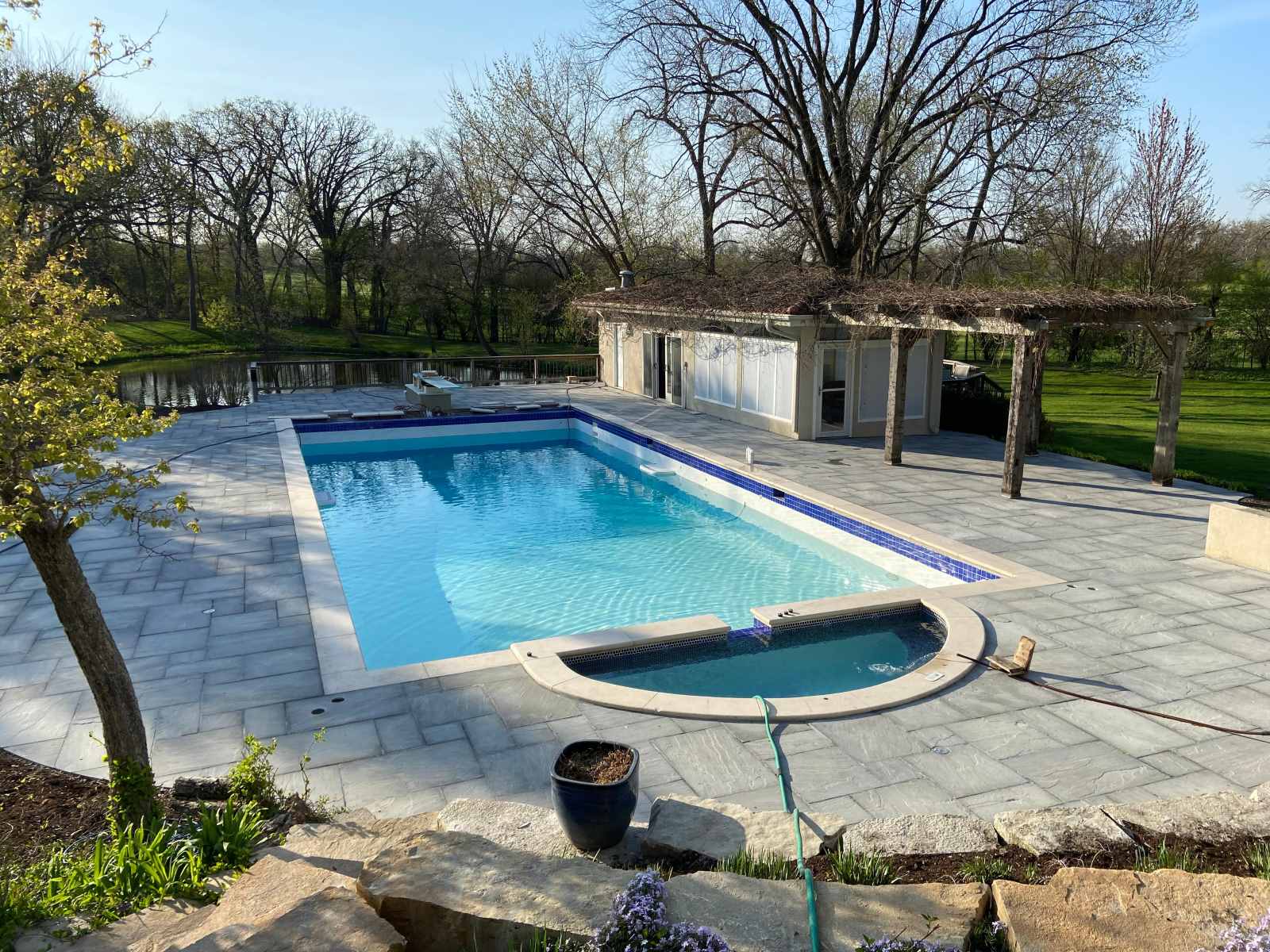
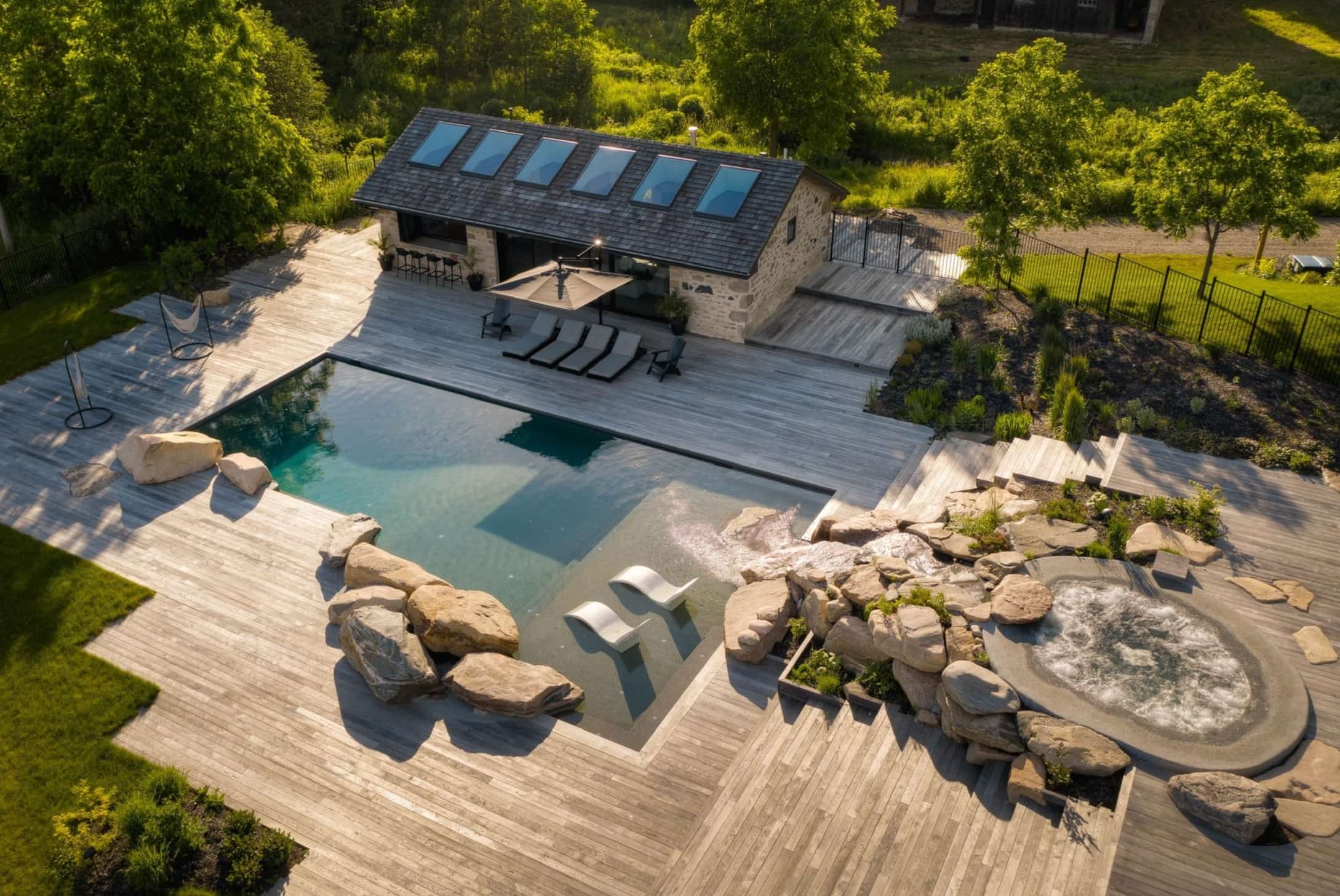
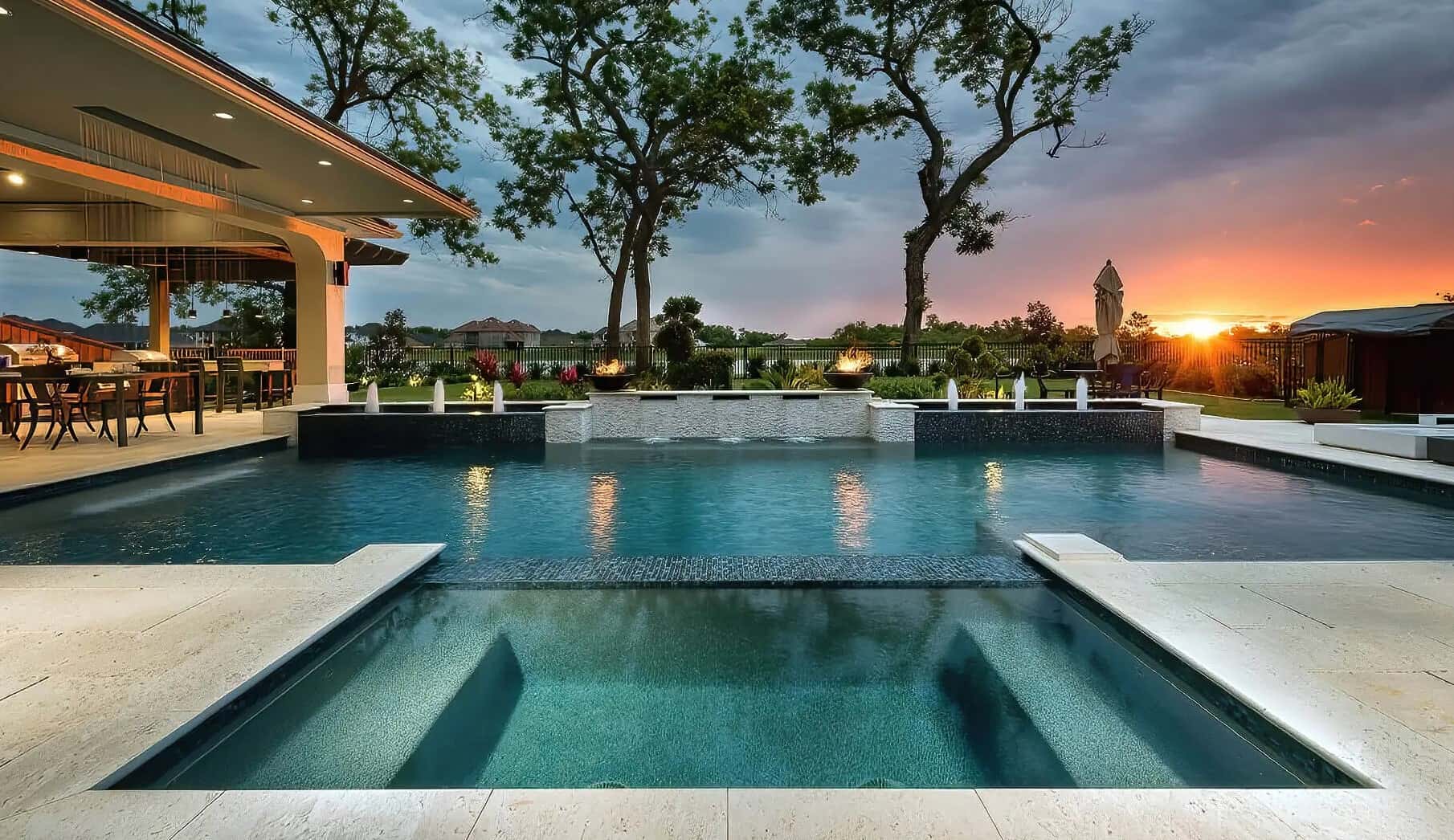
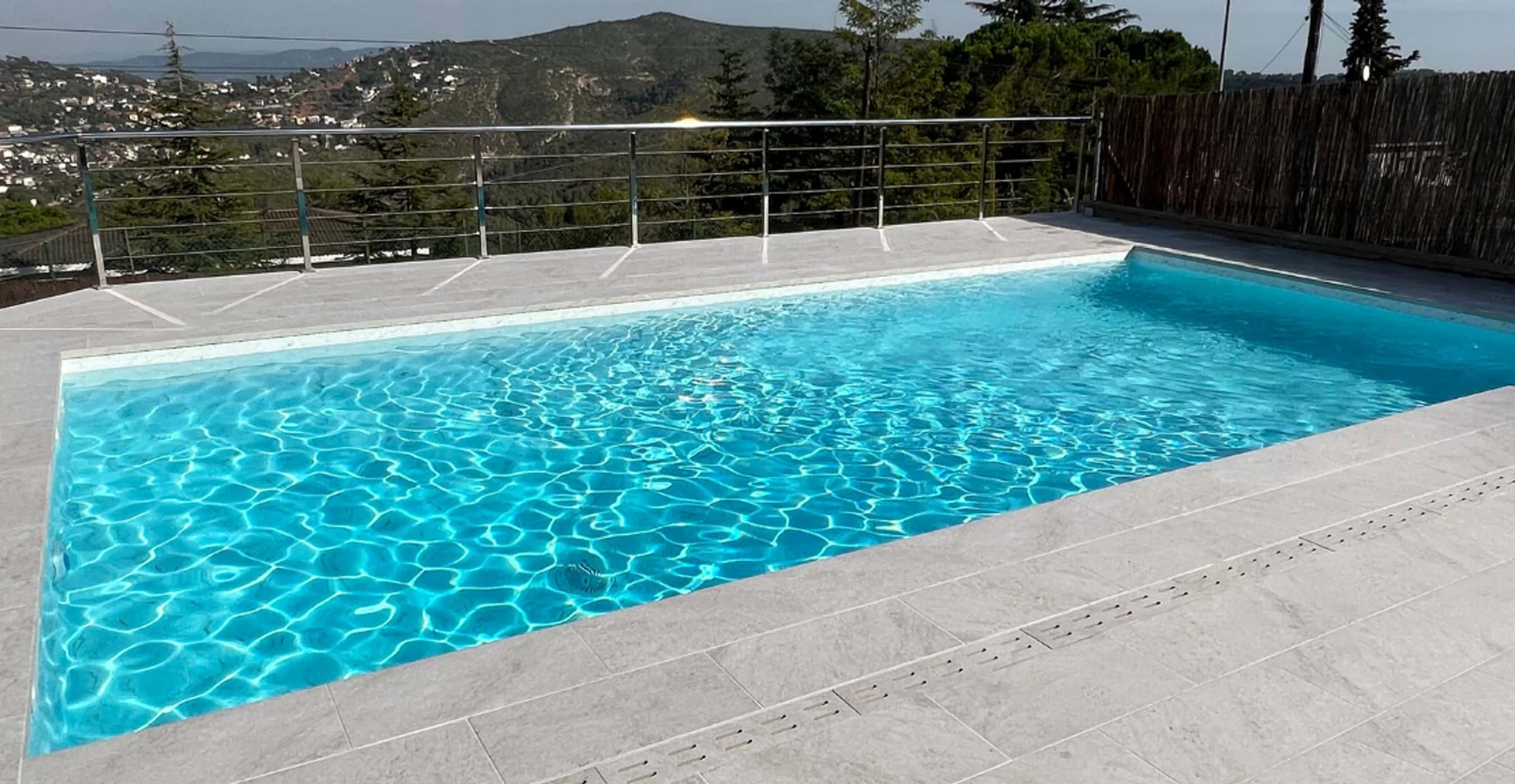
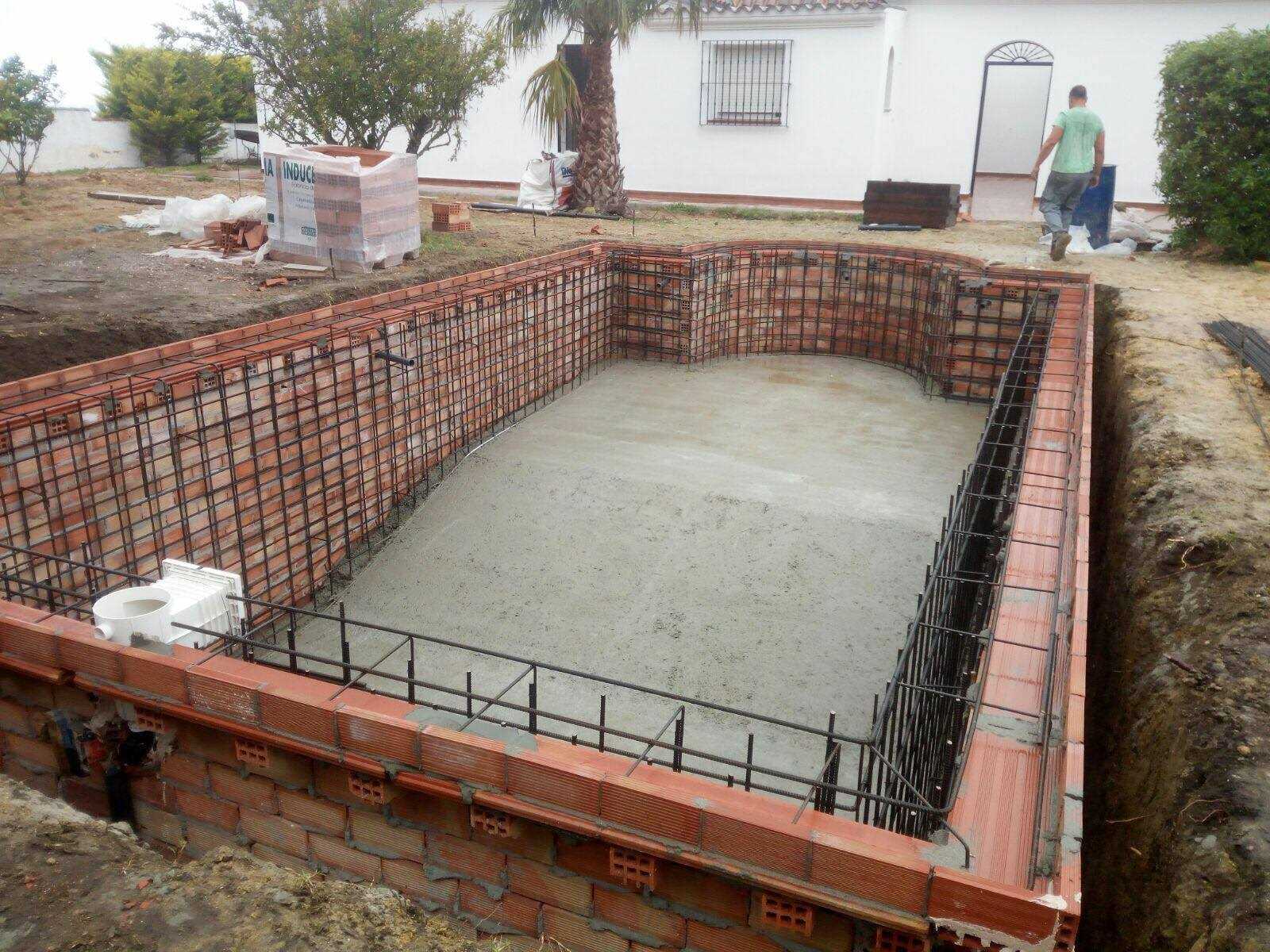
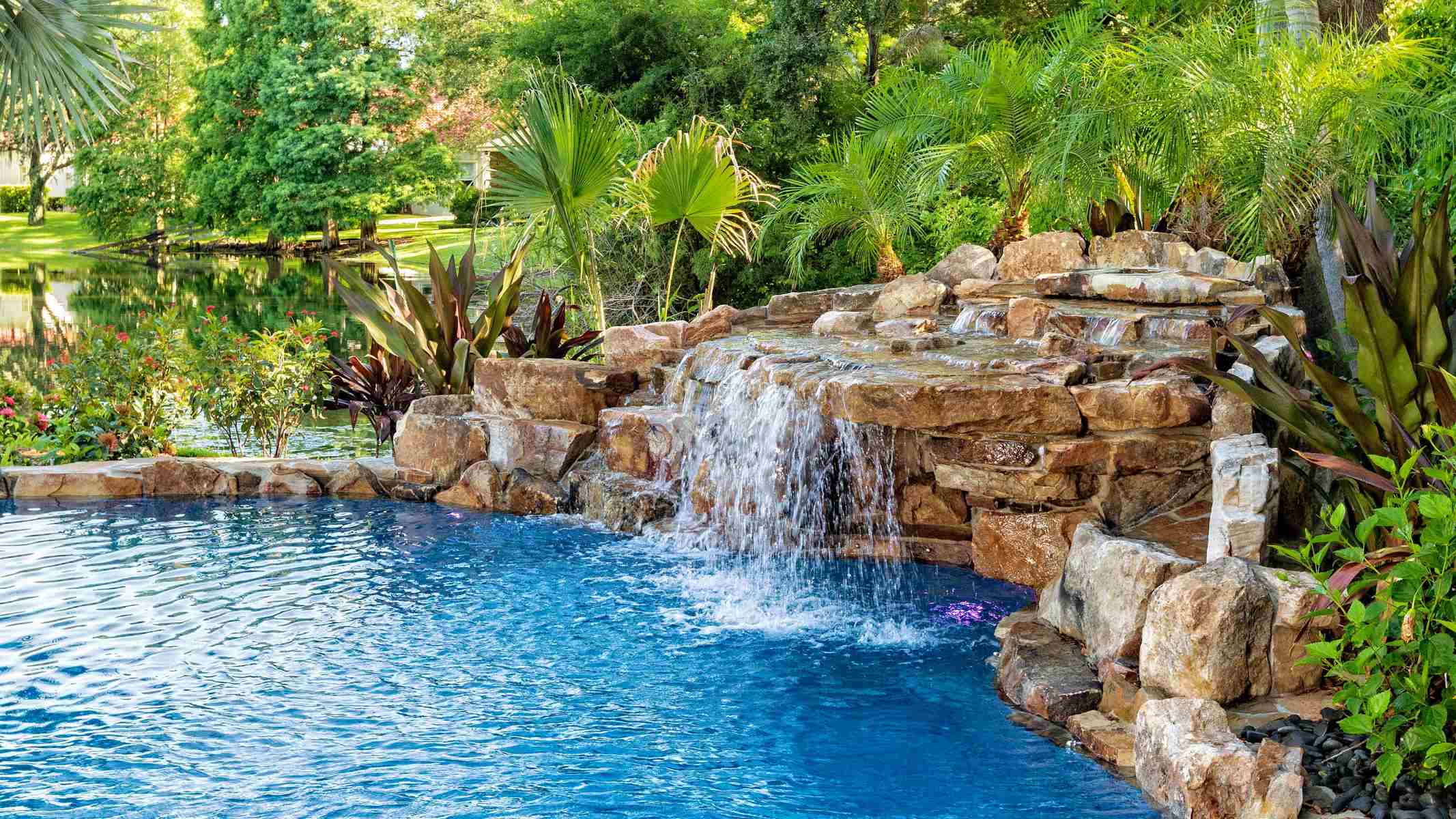
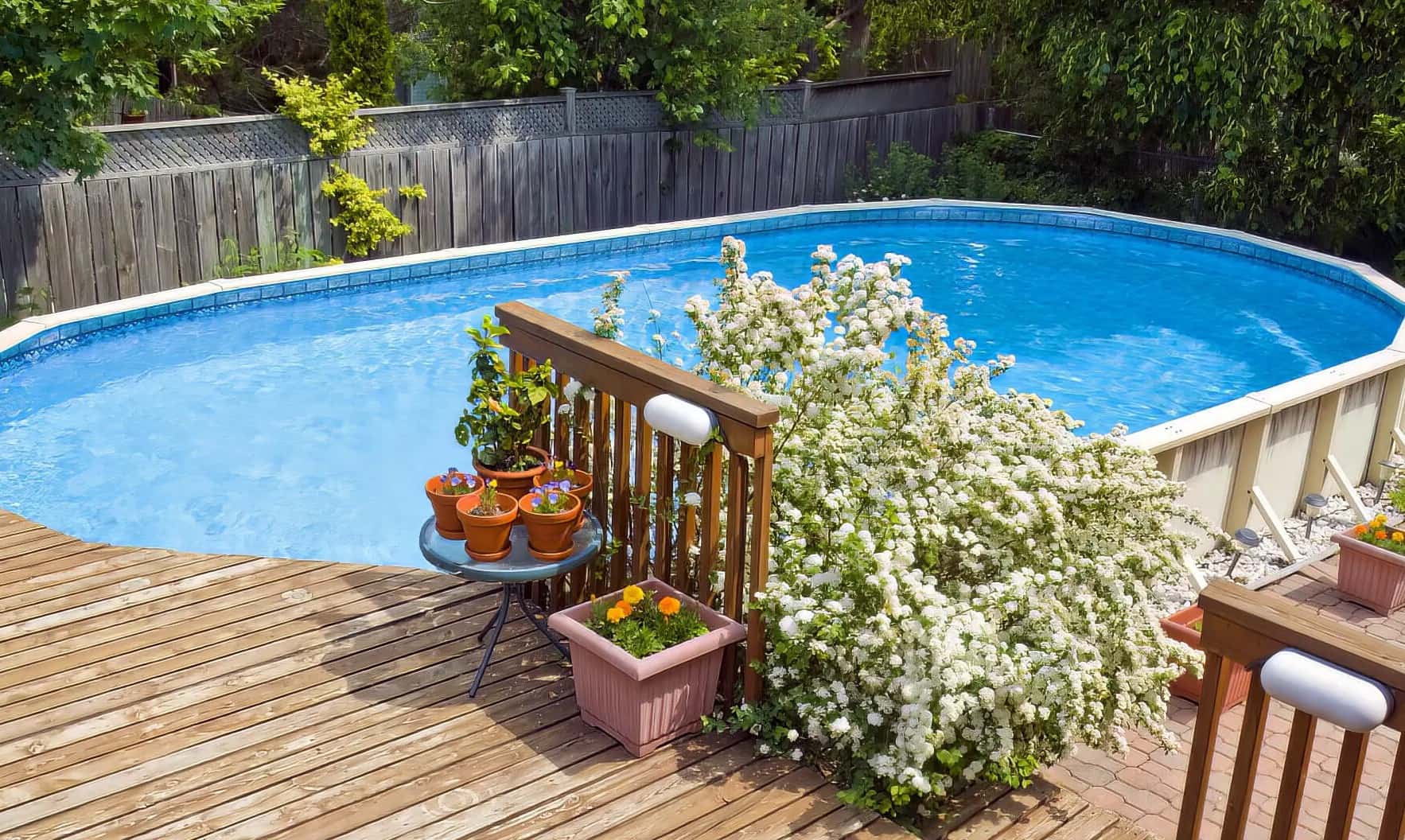
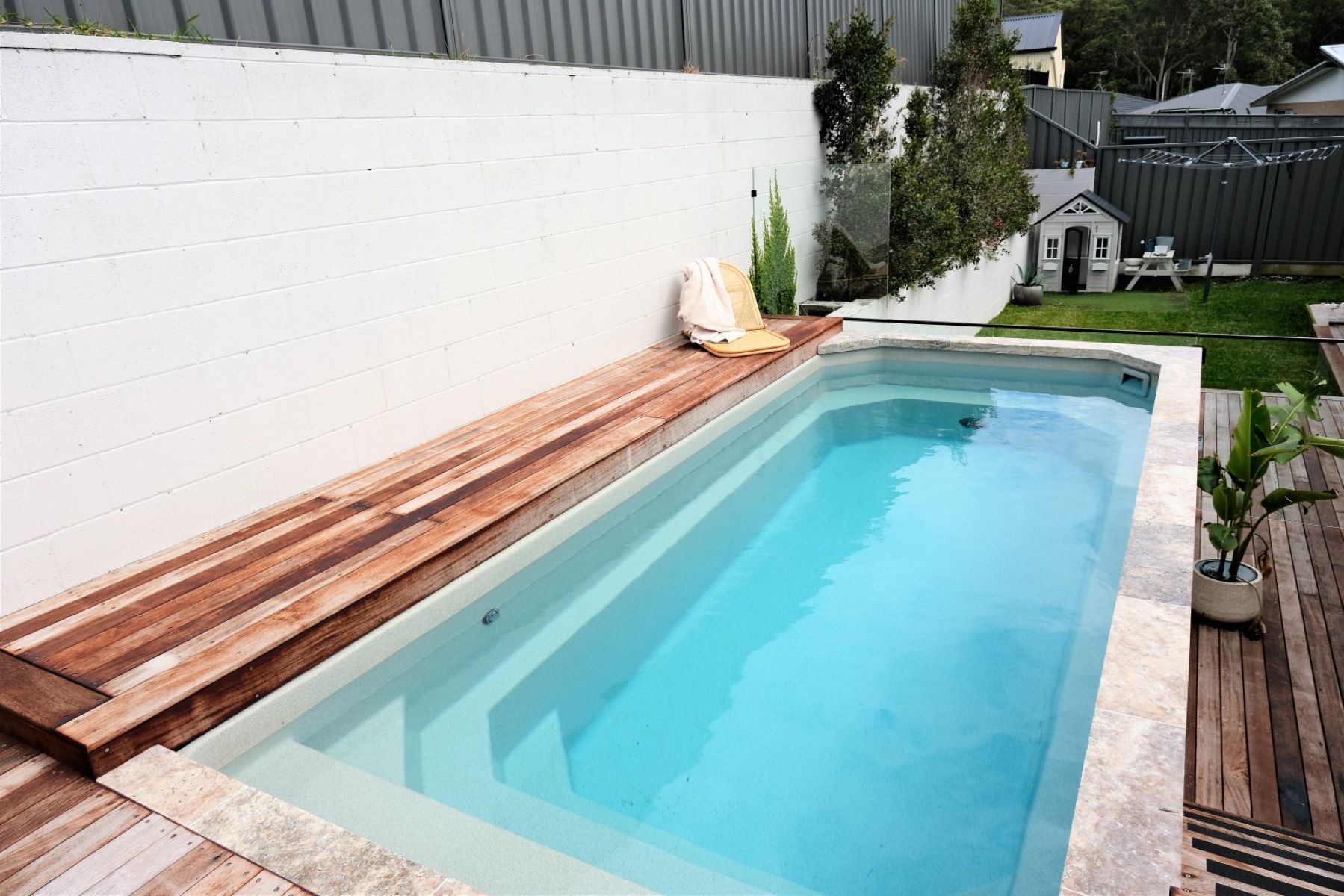
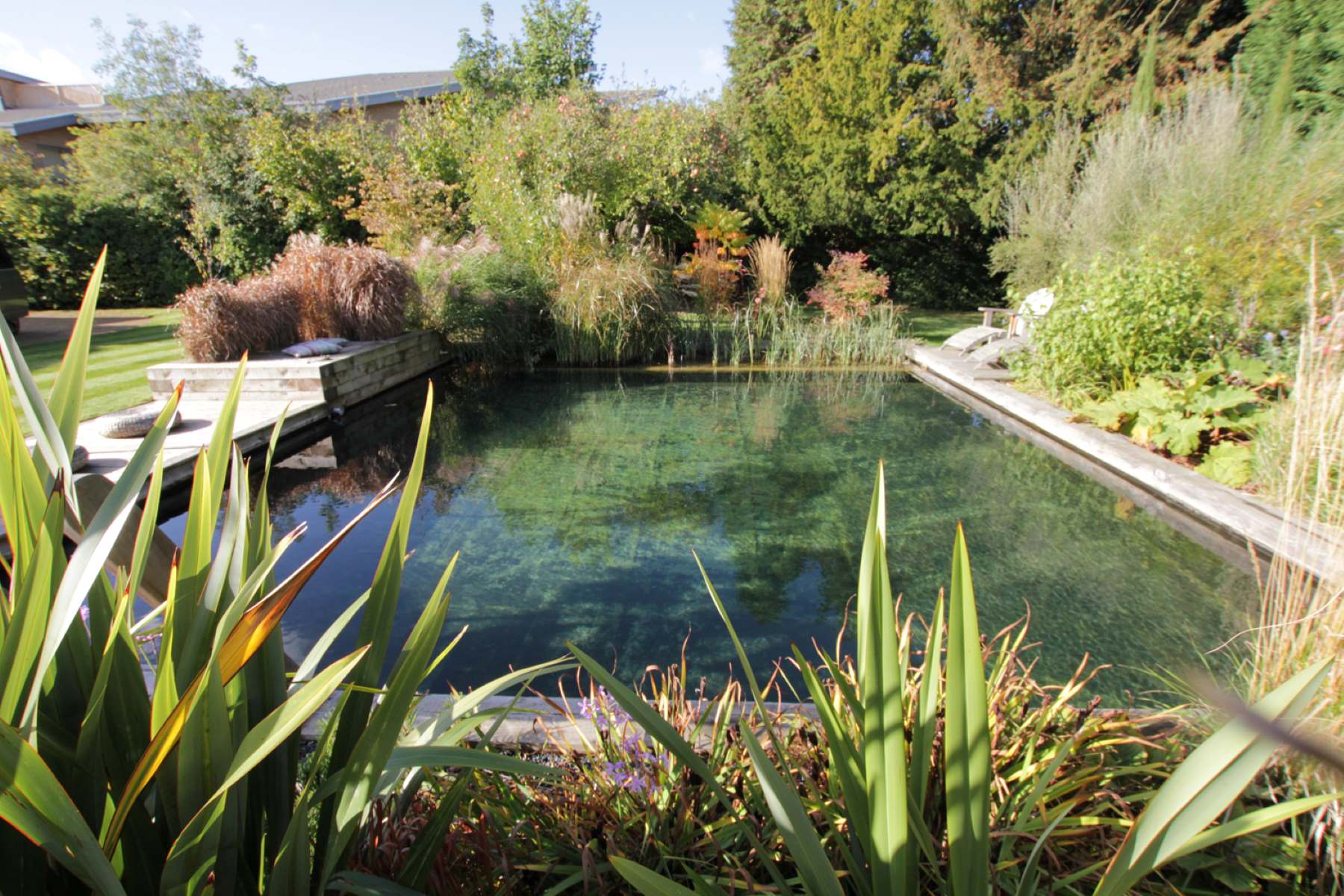
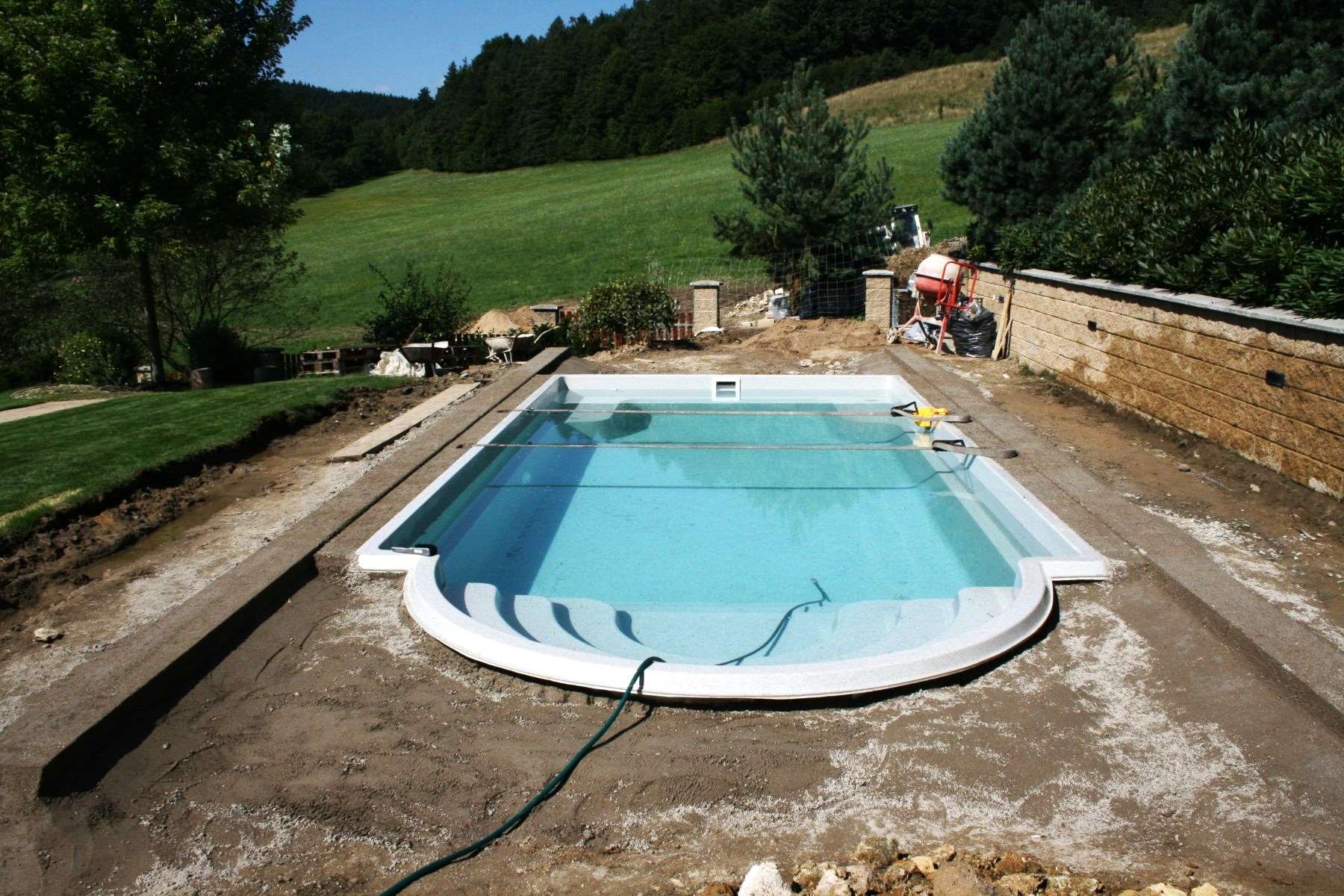




0 thoughts on “How To Build An Inground Concrete Swimming Pool”